|
“Plant materials should thrive, be non invasive, and require little maintenance. The design should conserve the natural features of the site to the greatest extent possible and provide for the continued ecological health of the area.” landscape architect Frederick Law Olmsted, (1822-1903) who was into sustainable design and environmental conservation long before it was in vogue.
Once upon a time there was a little girl walking down Country Club Road when she saw a man with a paint sprayer applying green paint to a drought stricken lawn in an attempt to comply with ORCA regulations specifying that grass must remain green at all times. That little girl, now twenty something came up to me at a New Year’s Eve on the beach party some years back, and said that was a very memorable part of her early development. My mother-in-law Helen, an early conservationist, did not really wanted to expend precious natural resources for that use. In the 1960’s when Helen and Ed Ellis arrived, from Country Club Road you could actually see the ocean, and there was not much life living other than what nature provided. She planted tropical trees in her yard and allowed the native vegetation to flourish. As a result of that edict, in the late 1990’s I began planting native plants on the perimeter, adding mulch where there had been grass, and in general, provided a beautiful buffer to the outside world. Fast forward another couple decades, my Florida garden, Helen’s yard, is my retreat, my refuge away from work and the computer; the place I go to make sense of it all. Olmsted believed and promoted the idea that environment would promote a sense of tranquility. And after IRMA, it is all still there, though a bit bruised and battered. I did not lose a tree; lots of limbs went down and I had to straighten a few trees that needed help, but all since have sprouted new bright green leaves. My garden utilizes the basic principle of right plant right place, something to keep in mind when you're planning a garden. Native plants comprise most of my plantings, but also present are non-native plant species, which are historically adapted and suited to our climate, soil and wildlife. I plant small knowing that in time they will grow quickly and will be well anchored in our Keys rock and no soil “soil”. These native trees and shrubs are planted in clusters, which serves as a wind buffer. My more vulnerable tropical fruit trees, located interior on the nearly one-acre property, all withstood the two days of battering salt wind and rain, and hardly lost a leaf. After the storm, it seemed like everywhere you looked around the Reef, there were lone Bismarckia fan palms toppled onto roofs and blocking roadways; I even have a Bismarckia and it is still standing clustered between my native Lignumvitae hedge. Jeremy Dixon, Crocodile Lake National Wildlife Refuge Manager wrote after the storm, “The forest itself looks bruised and battered, but please realize hurricanes are a natural part of the ecology of the Florida Keys. The trees will regrow and the wildlife that depends on these unique habitats can adapt to these changes. A forest of trees has a way of supporting each other and is more resilient. There is a message here for humanity, and during this time of need we should support each other.” Another thing I noticed after IRMA was homes built in former hardwood forests, ended up with trees toppled onto the house. The equipment used to build the house ends up compromising the root system, by compacting the soil. Also removing trees to make way for the structure’s foot print makes a corridor where there was not one prior to. Native plants have unique and distinct purposes. They provide food, water and cover to attract wildlife, and keep in place our shoreline, while at the same time provide protection for our homes. I cannot even begin to describe my feelings when I discovered in Key Largo, during the chaos after the storm, someone had cut down a forest of beautiful red mangrove trees, I guess with the intent of improving an ocean view. And I thought that all of the unemployed surfers with chainsaws had left Key Largo almost two decades ago! And speaking of shoreline, we must keep intensive maintenance plants, which require lots of pesticides and fertilizers, away from shoreline. Come to think of it... the Key’s environment is rarely more than a mile away from the shoreline. Not to mention our porous coral rock substrate which lies a few inches below our soil, which leaches everything back into our ground water... our precious Reef. Most native plants are healthy without direct or indirect human actions. And speaking of health, by growing these plants, I benefit from seeing the birds, listening to the songs of the wildlife that is attracted along their migrations. So too I have also gained a knowledge of plants health giving benefit for humanity. My soursop trees, I planted two because my photo assistant Ronnie told me he would be cured of cancer if he had the chance to partake in the fruit and the tea from the Soursop, except he didn’t survive the chemo; or the healing properties of lemongrass, an ornamental resembling the low grasses you see planted beneath the taller shrubs and trees that line the golf course, except this one deters pests and you can make a healthy tea, or wonderful vitamin-rich, lemon-y lemonade. Butterflies and other pollinators are attracted to the milkweed, thistles, garlics, passion vine, pentas, sennas, spanish needle, grasses, vines, wild lime, and wild tamarind to name a few. The birds seek out insects in the shrubs, eat the fruit of the wild coffee, peppers, stoppers, rough strong bark, papaya and poisonwood trees. The papaya I planted to reduce white fly on my tomato plants, and it worked, plus it has amazing health benefits and it delicious too! The Keys are unique in that many of the plants grown here do not grow any anywhere else in North America. Typically Caribbean or tropical in their origin, we all stand to benefit from learning about their usage. Much of my knowledge has come via my certification as Master Gardener, University of Florida IFAS program, but also from working with transplanted Cubans, Hondurans, Haitians and Conchs I have met in everyday life. So think about it. Learn about here. Be here, now. Carol Ellis
3 Comments
And we’re not talking about Yellowfin Tuna.
October 1st It’s normally the time to plant my garden, and pretty up the yard; a time when we imagine a few degrees cooler temps in the morning. Instead we are sweating, clearing debris, viewing the brown piles along the road and golf cart path, and when fortunate, getting back a few loads of that beautiful hardwood mulch. Brown has never been my favorite color, I don’t even think it is a color. I for one could use some relief… The good news is it's been raining the past few days and we have gotten re-leaf. It feels like Spring with all the new shoots popping out. I rather like driving around the Reef on Sunday to survey the progress that's been made. First of all it's a lot safer, fewer heavy trucks and service vehicles with which to share the road. You are also more likely to see someone you know in a golf cart and stop to chat. I remember seeing Teresa Holmes two Sundays ago, we stopped in front of the Chapel. I knew this was not going to be the kind of anniversary year she had envisioned as Chairman. I asked how it was going, she’d been here since Day Four AHI. She said she had amazing and talented people on both sides of her and from above, referring to her late first husband, who instilled in her the principles she abides by: the willingness to work hard, and to learn all there is to know about a subject. That combined with her relentless spirit; she seemed ready for the task. Teresa texted me over a photograph taken shortly after she arrived. The photo was taken in front of the Inn, all boarded up, the bell stand desk empty. As she stepped behind the desk; her expression says it all. “This is the saddest thing… Ocean Reef without its people.” Everyone is doing hurricane related tasks, from the top level leaders, directors, and management to every Associate, many performing job assignments outside their normal range. The Ocean Reef Community Foundation on Day 17 AHI began conducting help sessions for anyone in the Community who had a loss. A team of pros are literally translating both in language and in terminology, the very confusing government forms for FEMA and other forms of aide. They are filling out the applications online, and determining what help is available. There were a number of firsts this Third Week AHI, Barry Reed turned the “Closed” sign to “Open” at the Raw Bar on Friday, and Reef Treats opened for Ice-cream for everyone, including the students of the Academy, whose first Day of school was at the beginning of the week. More than once AHI, I have heard an ORC Associate say, “I have never been as proud, anywhere I have worked, in my entire life, as I am for this organization - OCEAN REEF CLUB - ” Good people are making it happen. And with a smile, for that we say thanks; and the worker responds with an even broader smile, “I don’t have a choice.” |
CAROL ELLIS
This photographic website provides me the opportunity for self-expression, for sharing Archives
May 2024
TAGS
All
|
© Copyright 2022. Carol Ellis Photography.
All Rights Reserved.















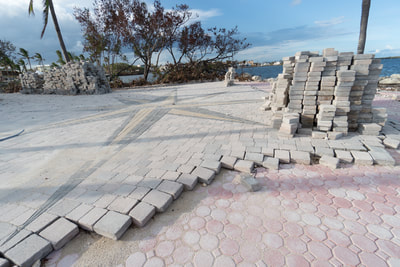














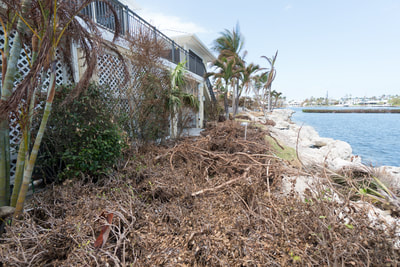



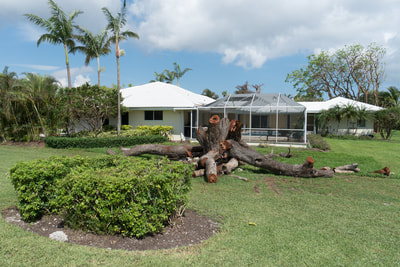



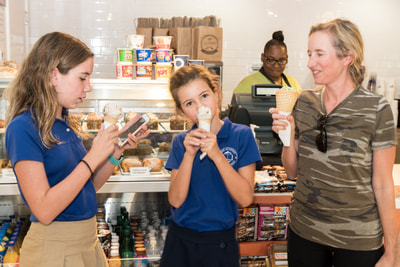

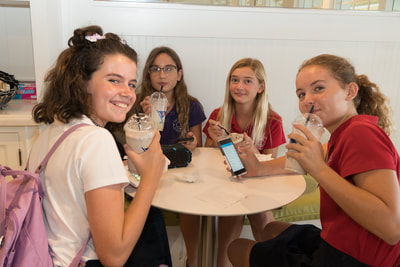

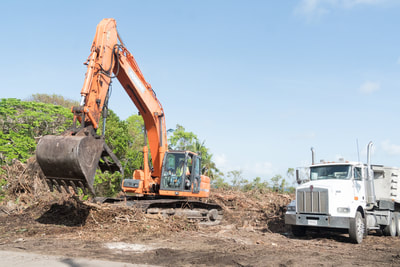













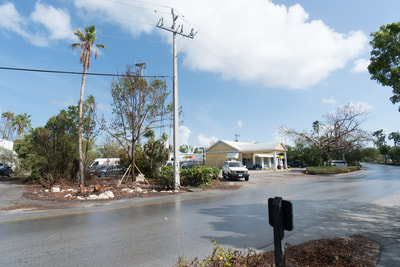
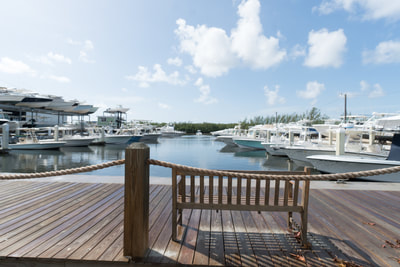















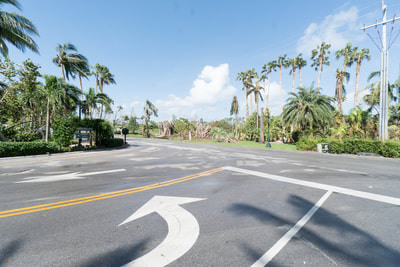













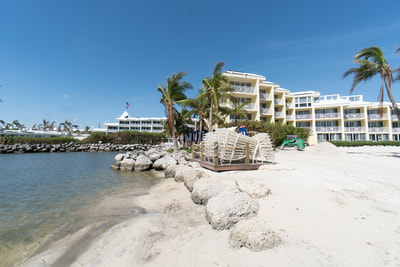









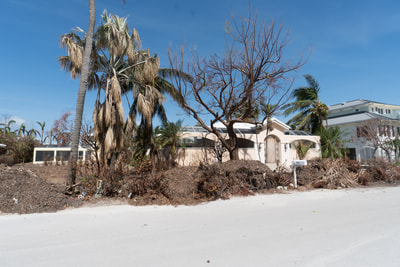
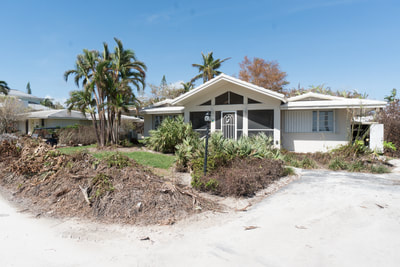

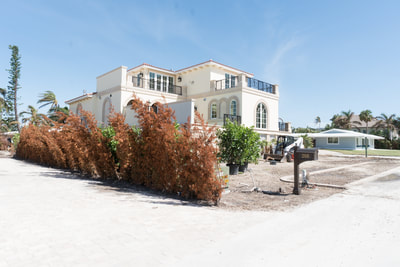
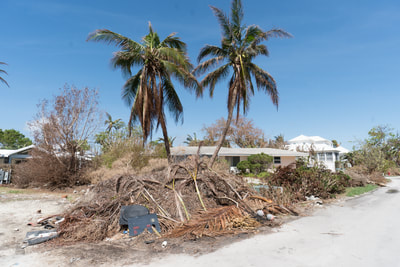

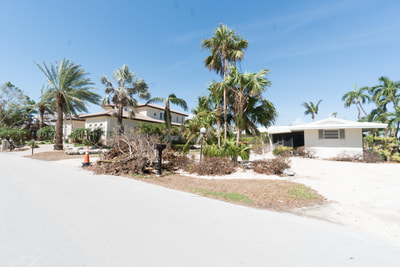



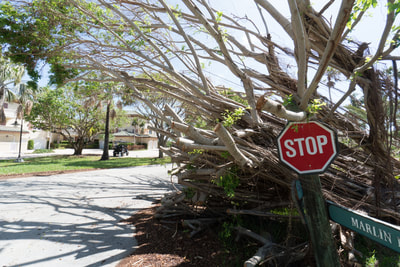
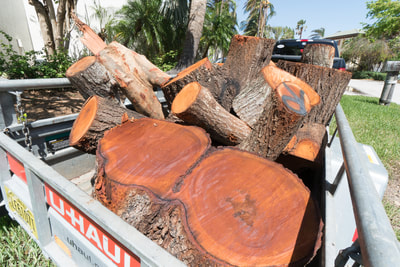

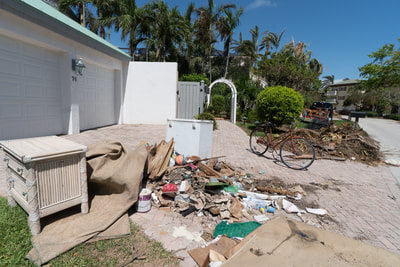




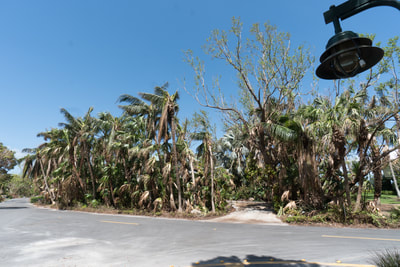




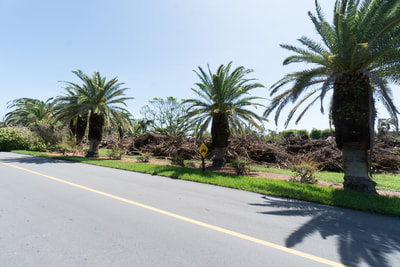


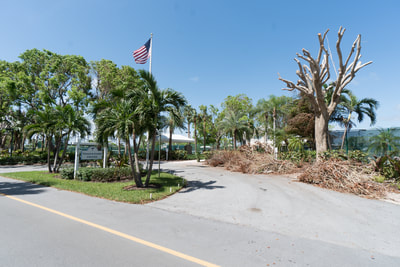
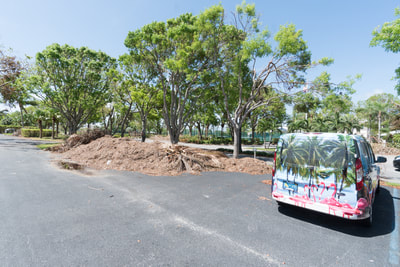








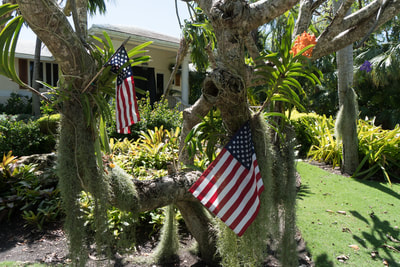
 RSS Feed
RSS Feed
